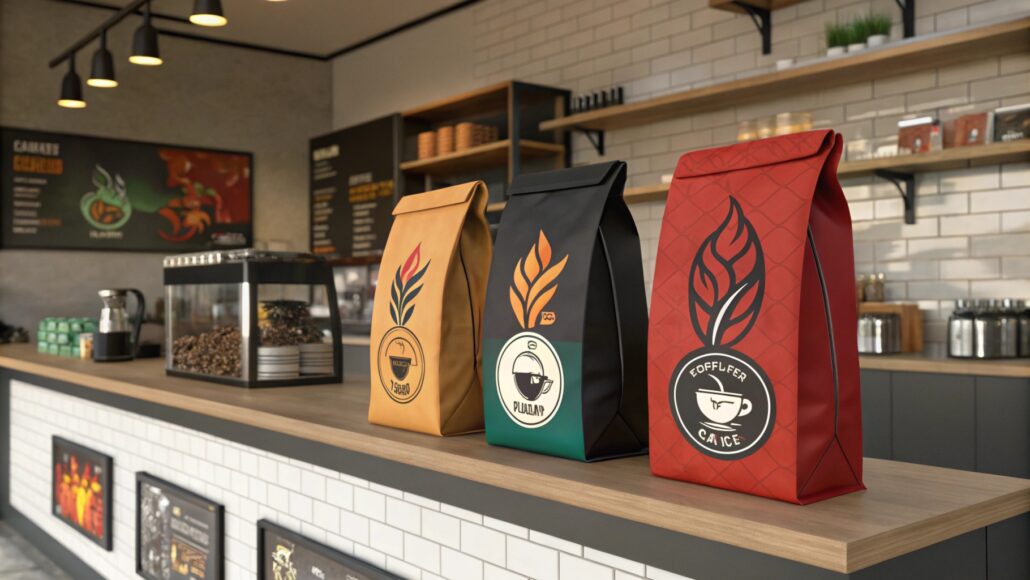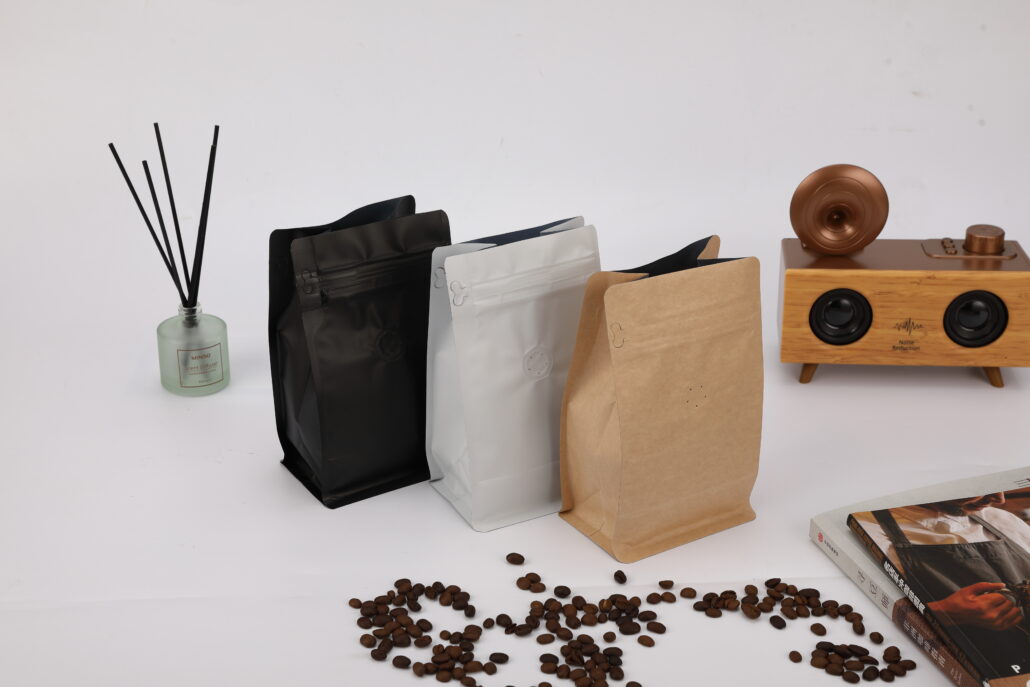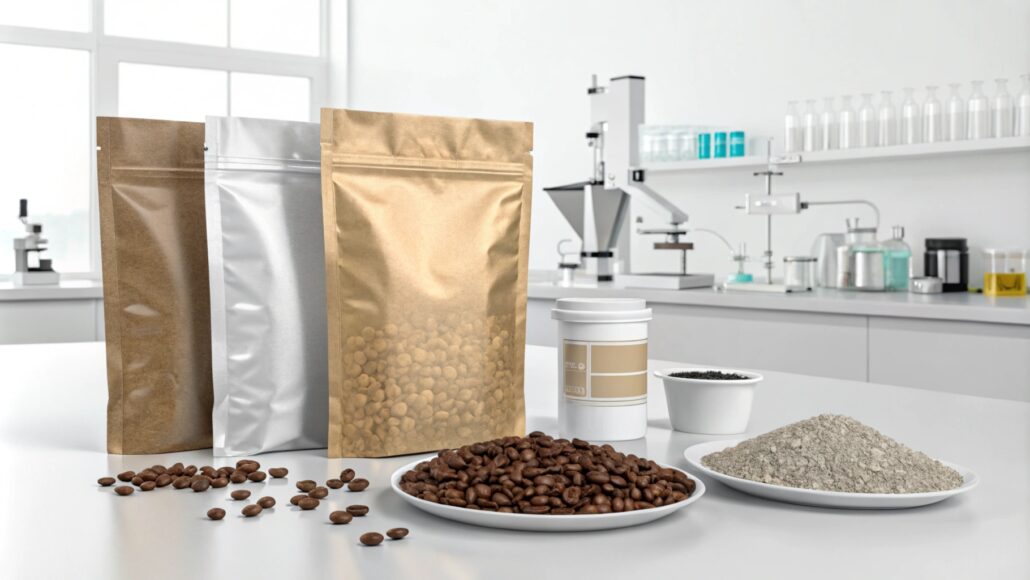
I see brands struggle with stale coffee and weak branding. This problem frustrates me. The solution might be printed custom coffee bags with logo and valves.
Printed custom coffee bags with logo and valves offer fresh flavor retention and distinctive branding. They help preserve aroma, improve shelf life, and present a professional image that supports consistent business growth.
I remember a time when I watched a local roaster lose customers due to stale coffee. I decided to explore better packaging. I discovered custom coffee bags with valves, and I never looked back.
[Table of contents]- Do coffee bags need a valve?
- What is the valve on a coffee bag for?
- How do I make my own coffee bags?
- What is the best material for coffee bags?
- Conclusion
Do coffee bags need a valve?
I know that coffee beans release gas after roasting. Without a valve, trapped gases can spoil flavor and freshness.
Coffee bags need valves to let out excess gas and keep oxygen away. This simple feature preserves aroma, maintains flavor, and extends shelf life, protecting the beans’ overall quality. Read more1.

Dive Deeper for “Do coffee bags need a valve?”
I have watched roasters struggle with bloated packaging when they try to store freshly roasted beans. Valves solve this problem by allowing carbon dioxide to escape. Without valves, bags might swell and even burst, wasting product and harming brand reputation. I learned this through my own packaging trials. When I first started supplying coffee bags for a small client, I sent them non-valve pouches. They ended up with misshapen bags that looked unprofessional on their shelves. After that, I switched to valve-equipped bags. The improved presentation and stable product quality impressed both roasters and customers.
Valves also play a role in maintaining freshness. Oxygen is the enemy of coffee. Valves help keep oxygen from entering the bag. This protects the natural oils and prevents oxidation. By using valves, I keep coffee tasting its best. Customers taste the difference. They come back for more because their coffee always smells and tastes fresh.
How do I make my own coffee bags?

I once decided to try making custom coffee bags from scratch. I learned that it involves careful sourcing, design, and production steps.
To make your own coffee bags, choose high-quality materials, add valves, design custom branding, find a reliable supplier, and ensure proper sealing techniques. Attention to detail ensures premium packaging results. Step-by-step guide3.
What is the best material for coffee bags?

I have worked with many materials. Each type has pros and cons, but the best choices protect flavor, aroma, and longevity.
The best material for coffee bags is multi-layered film with high-barrier properties. Options like PET/foil/PE laminates guard against oxygen, moisture, and UV light, ensuring fresh, aromatic, and long-lasting coffee. Learn more4.
Conclusion
Printed custom coffee bags with valves and the right materials support freshness, branding, and growth. They help me deliver consistent quality and keep customers returning.

Understand why valves are essential for maintaining the freshness and flavor of roasted coffee beans. This resource explains how valves function and their benefits for packaging. ↩
Learn about how one-way degassing valves work to release CO₂ and block oxygen, keeping coffee fresh while preventing bags from bloating or bursting. ↩
Discover the step-by-step process for designing and producing custom coffee bags with professional tips on materials, printing, and valve placement. ↩
Explore a detailed breakdown of materials used in coffee bag manufacturing, their barrier properties, and their suitability for different types of coffee. ↩
